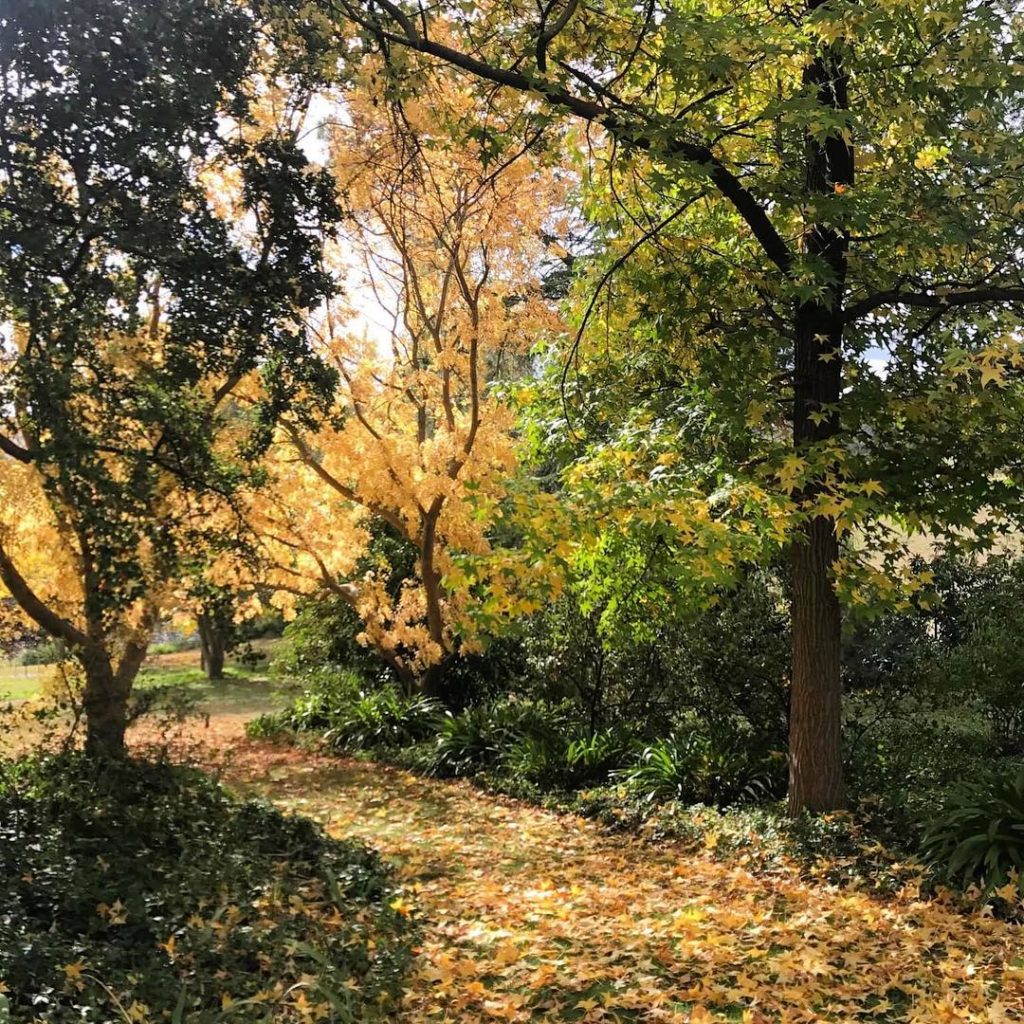Autumn is shearing time at Markdale so we thought it was the perfect time to share some fun facts.
Shearing
- Domesticated sheep have been shorn for their wool for millennia.
- Early on, wool was a vital resource to support human life. To protect this resource, shepherds tended flocks of sheep with care and respect for the animals like we still do today on Markdale. In exchange for their wool we ensure the sheep have access to food and water, and protected from disease and predation.
- Most sheep grow wool continuously and they should be shorn annually.
- The shearing process is not painful to the sheep. The shearers are highly skilled and work to protect the sheep, the wool and their backs!
- It takes on average 2 minutes for a professional shearer to shear a sheep.
- West Australian shearer Lou Brown set a new world record last year by shearing 497 merino ewes in eight hours — just over a sheep a minute.
- Wool removed from a single sheep is called a fleece.
- On average a sheep’s fleece weighs between 5 – 8kg.
- A wool classer works beside the shearers to class each fleece – things taken into consideration include colour, strength, diameter and spinning capacity.
- The fleeces are bundled by class into bales and each bale weights between 110 – 200kg.
- Our fleeces are sold at auction.
- Following sale fleeces are washed and the wool grease (lanolin) is extracted and used in lotions. Clean wool fibres are made into clothing or blankets. The lanolin is used in hand lotions.
Autumn activities
- During March our rams and ewes will be joined. The rams will work hard over 5 weeks and we will hopefully expect thousands of lambs on the ground in October.
- Superphosphate is spread in early March to catch the autumn rain. This year we will have both a ground crew and plane applying the fertiliser.
- Shearing will commence in May this year. A team of shearers travel to Markdale each day and will shear thousands of sheep through the week. It is an exciting time on the farm with all hands on deck to ensure the sheep are kept in good condition, the beautiful fine wool fleeces are treated with care and the shearers are well fed!
- Our bees are being checked regularly and are enjoying their home on the hill overlooking the pond. However our honey production has been lower than expected because of the smoke from the bushfires in the Southern Highland and drought conditions. A decision has been made to not ‘raid’ the hive this year and instead to let the bees have their honey for the long winter months ahead.
- It’s time to plant the garlic again. Garlic will grow from March to November and this year we are again thinking of planting Italian White and Monaro Purple.
- Other autumn veggies to be planted include onion, broccoli, cabbage, lettuce, cavolo nero and leeks.


